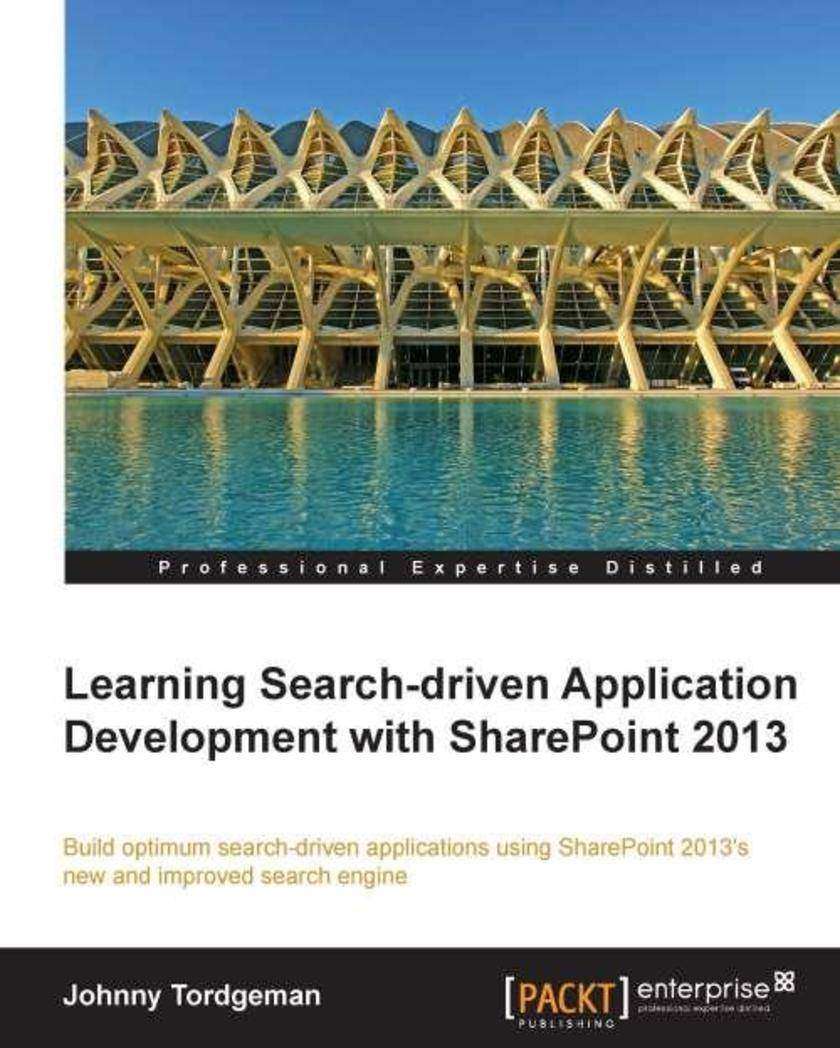
Learning Search-driven Application Development with SharePoint 2013
¥71.93
A fast paced, practical guide, filled with code examples and demonstrations of enterprise search using SharePoint 2013.This book is written for SharePoint and JavaScript developers who want to get started with SharePoint search and create search-driven applications. The book assumes working knowledge with previous versions of SharePoint and some experience with JavaScript and client side development

Express Web Application Development
¥90.46
Express Web Application Development is a practical introduction to learning about Express. Each chapter introduces you to a different area of Express, using screenshots and examples to get you up and running as quickly as possible.If you are looking to use Express to build your next web application, "Express Web Application Development" will help you get started and take you right through to Express' advanced features. You will need to have an intermediate knowledge of JavaScript to get the most out of this book.
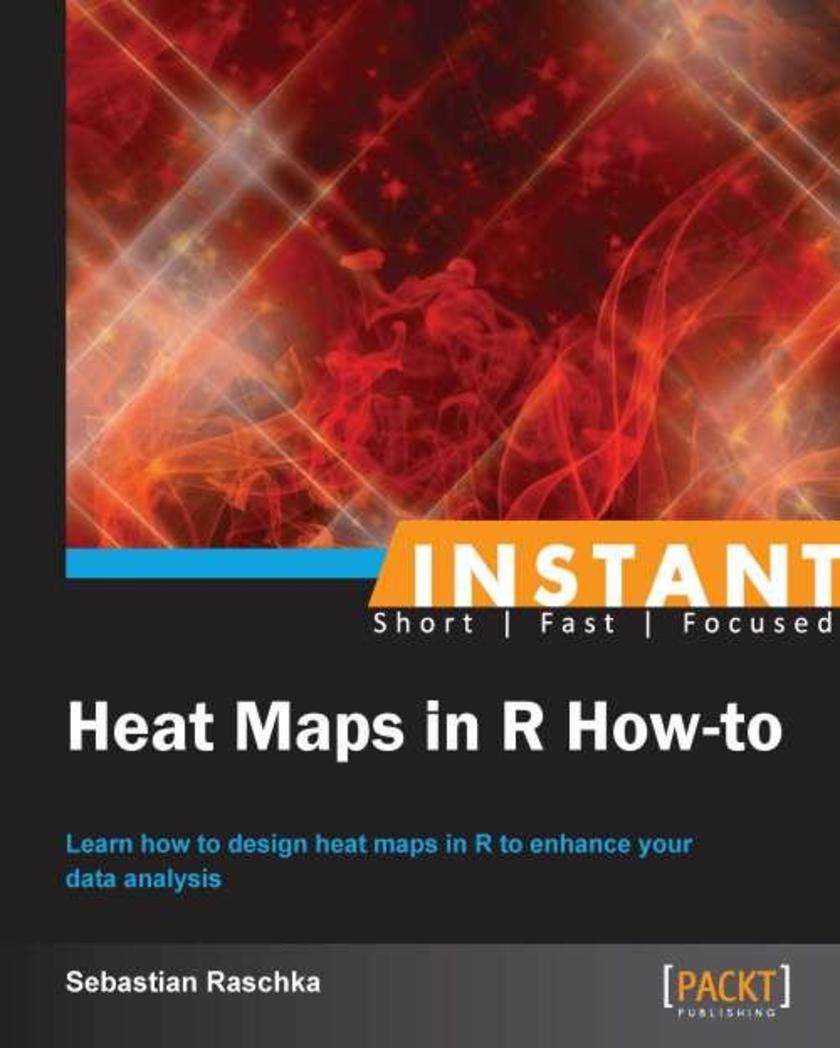
Instant Heat Maps in R: How-to
¥45.77
Filled with practical, step-by-step instructions and clear explanations for the most important and useful tasks. Heat Maps in R: How-to is an easy to understand book that starts with a simple heat map and takes you all the way through to advanced heat maps with graphics and data manipulation.Heat Maps in R: How-to is the book for you if you want to make use of this free and open source software to get the most out of your data analysis. You need to have at least some experience in using R and know how to run basic *s from the command line. However, knowledge of other statistical *ing languages such as Octave, S-Plus, or MATLAB will suffice to follow along with the recipes. You need not be from a statistics background.
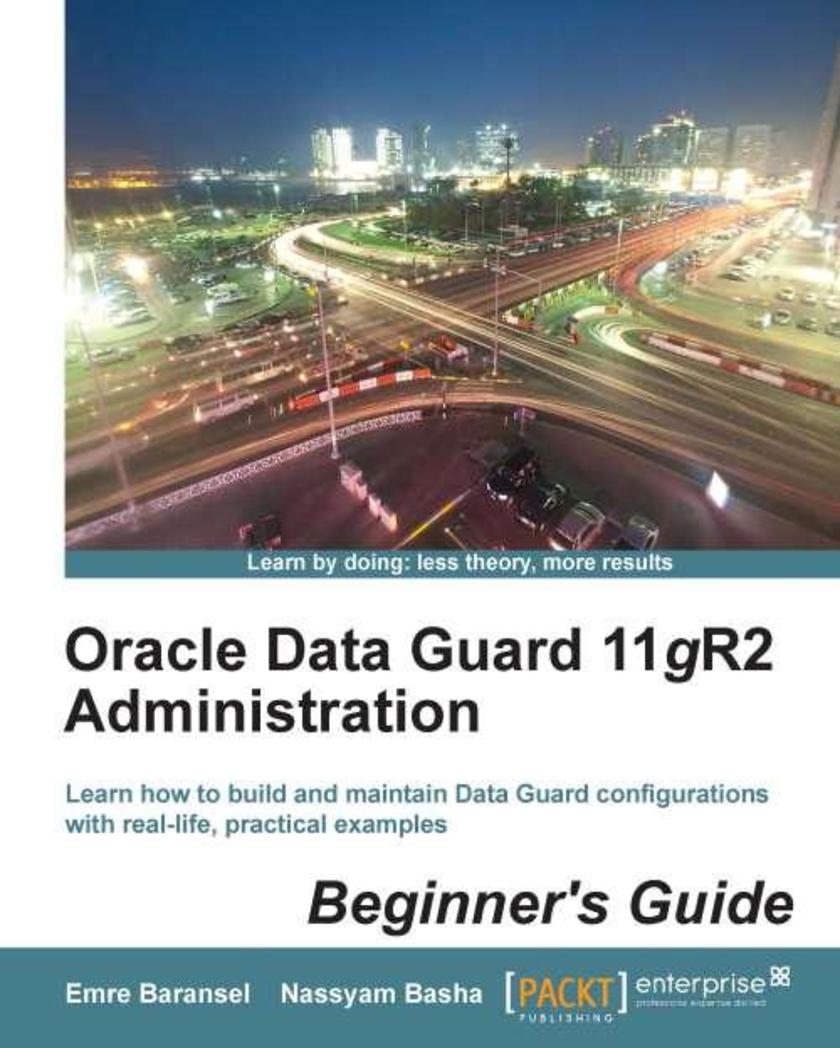
Oracle Data Guard 11gR2 Administration Beginner's Guide
¥107.90
Using real-world examples and hands-on tasks, Oracle Data Guard 11gR2 Administration Beginner's Guide will give you a solid foundation in Oracle Data Guard. It has been designed to teach you everything you need to know to successfully create and operate Data Guard environments with maximum flexibility, compatibility, and effectiveness. If you are an Oracle database administrator who wants to configure and administer Data Guard configurations, then "Oracle Data Guard 11gR2 Administration Beginner's Guide" is for you. With a basic understanding of Oracle database administration, you’ll be able to easily follow the book.
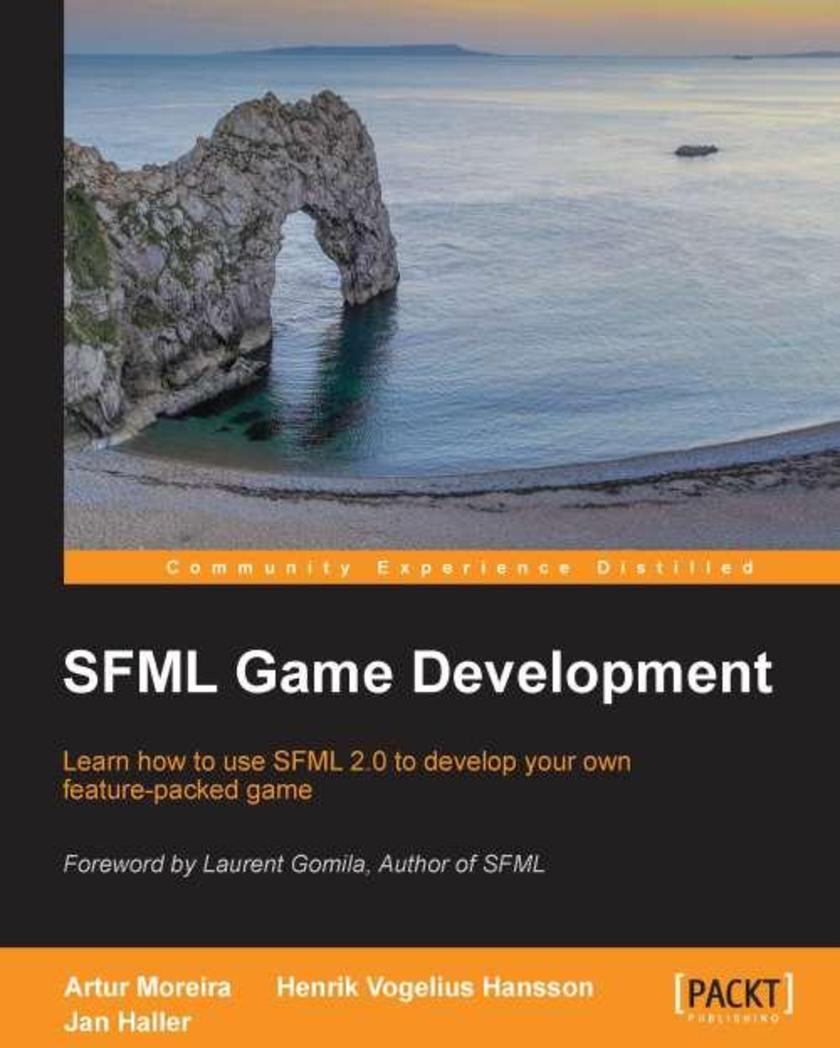
SFML Game Development
¥80.65
SFML Game Development is a fast-paced, step-by-step guide, providing you with all the knowledge and tools you need to create your first game using SFML 2.0.SFML Game Development addresses ambitious C++ programmers who want to develop their own game. If you have plenty of ideas for an awesome and unique game, but don’t know how to start implementing them, then this book is for you. The book assumes no knowledge about SFML or game development, but a solid understanding of C++ is required.
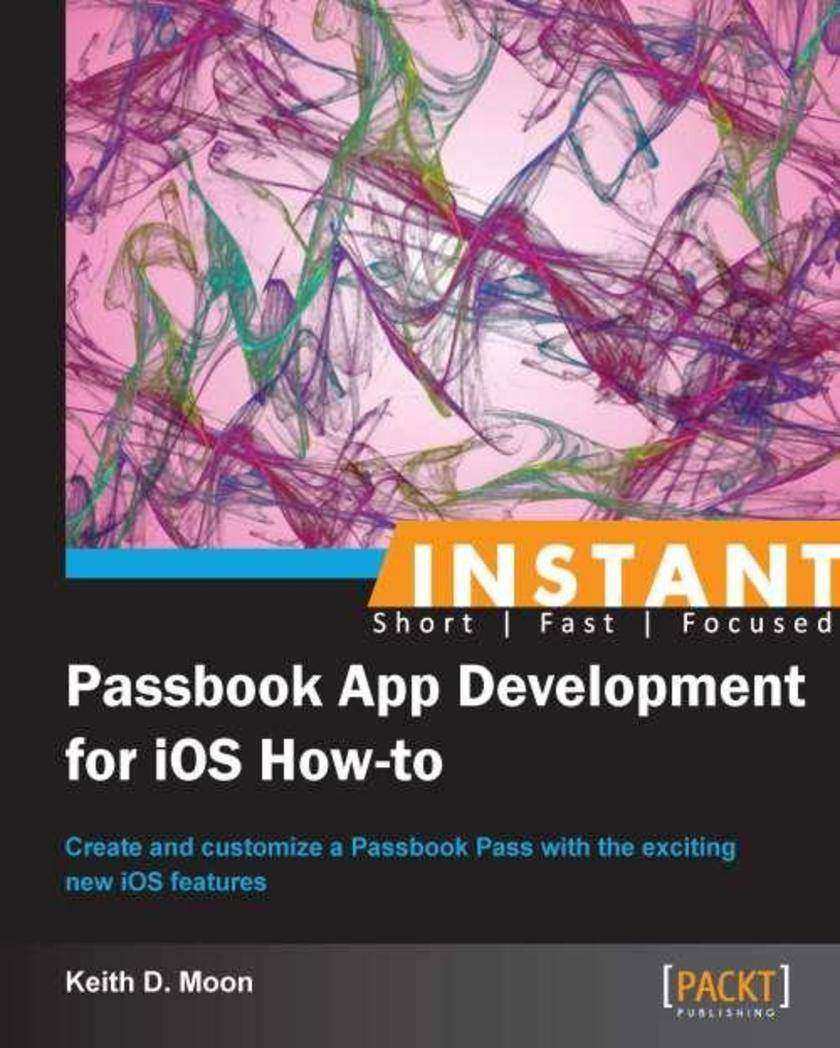
Instant Passbook App Development for iOS How-to
¥35.96
Filled with practical, step-by-step instructions and clear explanations for the most important and useful tasks. A step-by-step guide, focusing on simple projects to help you create a Passbook app for iOS 6.Instant Passbook App Development for iOS 6 How-to is for registered Apple iOS developers, experienced in building an app using Objective-C and Xcode, looking to add Passbook functionality to their app. You will need to have an understanding of the JSON format, REST APIs, and a server-side language like Ruby. Familiarity with executing commands via the Terminal app is expected for the exercises within this book.
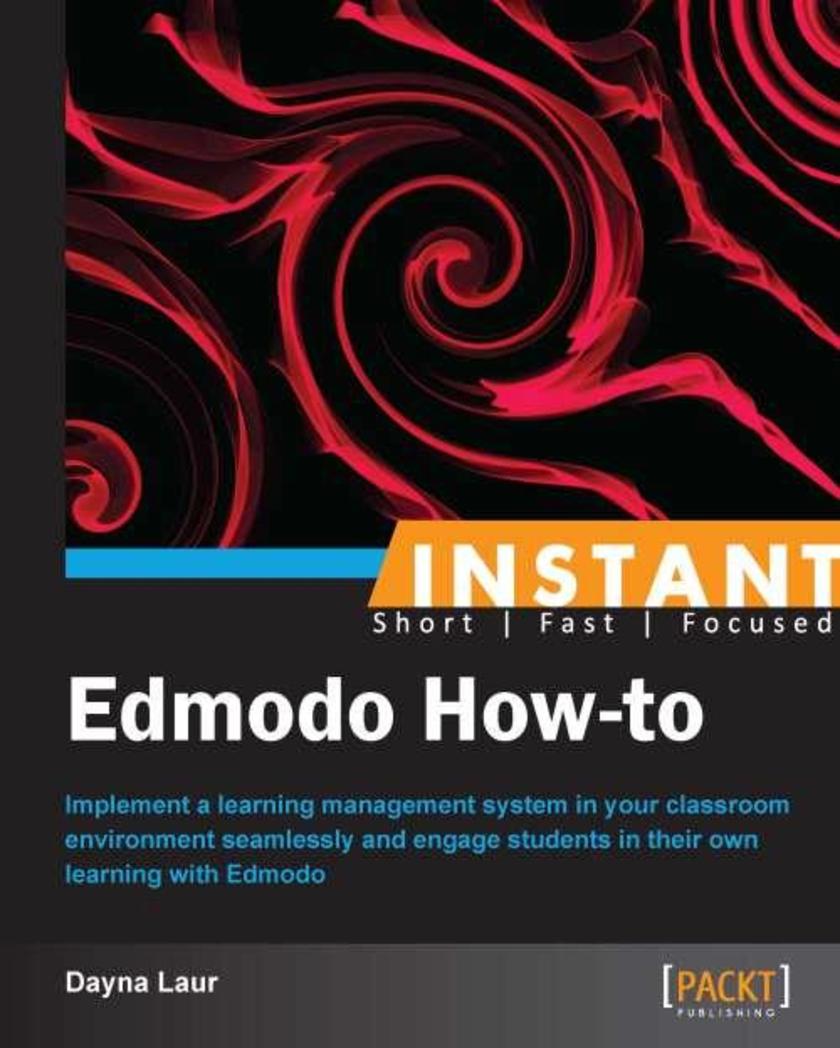
Instant Edmodo How-to
¥35.96
Filled with practical, step-by-step instructions and clear explanations for the most important and useful tasks. Full of illustrative screenshots, tips, and step-by step recipes, it’s a practical guide to implementing a learning management system for students in their classroom environment.The book is for educators who are looking to implement a learning management system in their classroom that will engage students, incorporate technology in a meaningful way, link parents in the learning, and provide opportunities for connections to a wider global community of educators.

Drupal for Education and ELearning (2nd Edition)
¥99.18
With clear instructions and plenty of screenshots, this book provides all the support and guidance you will need as you begin to create your classroom website. Step-by-step tutorials show you how to use Drupal in the most efficient and effective ways possible. People new to Drupal will find a good introduction of the basics; while more experienced users will learn useful tips and tricks for using Drupal in a classroom context.If you are an teacher, tutor or an educator who wants to build a website for your classroom, be it elementary or any higher education, "Drupal 7 for Education and E-Learning (2nd Edition)" will guide you in achieving your goal at every step. No experience with programming languages, HTML, or CSS is needed to understand the examples in this book.
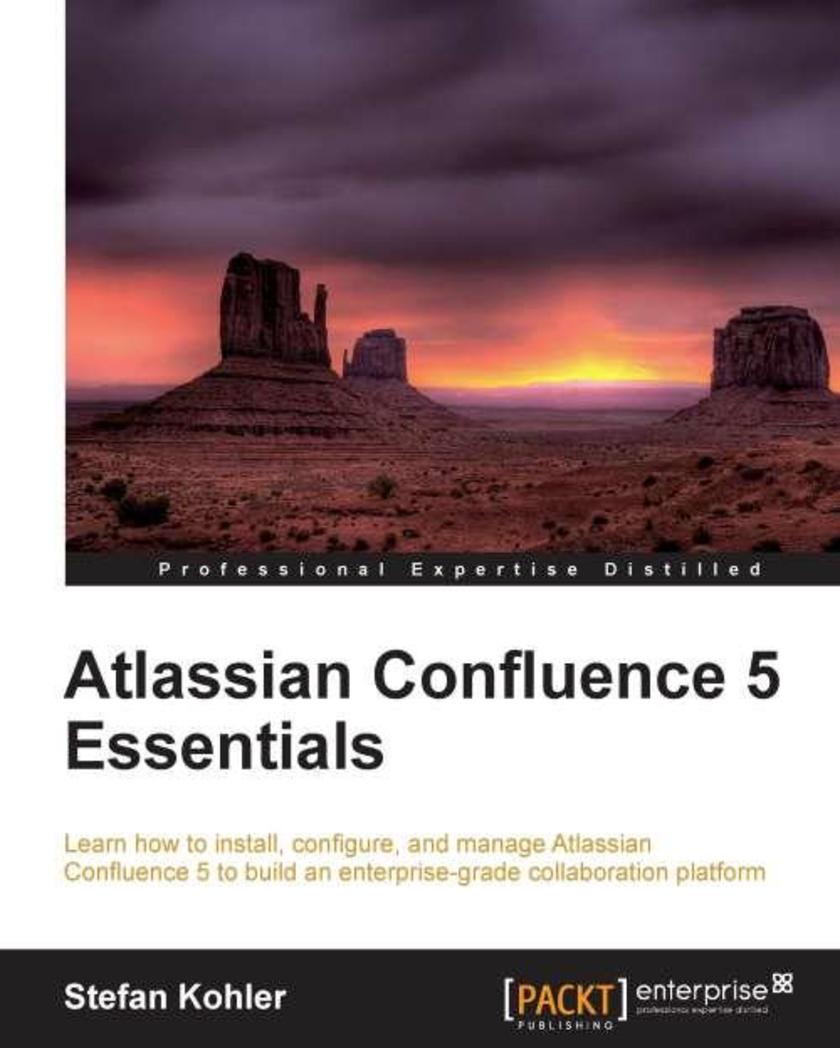
Atlassian Confluence 5 Essentials
¥90.46
Atlassian Confluence 5 Essentials is written in a friendly, tutorial style packed full of practical information to help get you started with Confluence and collaborating on projects more efficiently.If you just started with Confluence, as a user or administrator, this book will give you a running start and teach you everything you need to know. This book will also appeal to veteran users as it will give you new insights and tricks for how to use Confluence even more efficiently. All you need to get started with this book is some basic knowledge on how to use an Internet browser. As an administrator, you will need some basic knowledge about your organization’s standard operating environment to install Confluence.
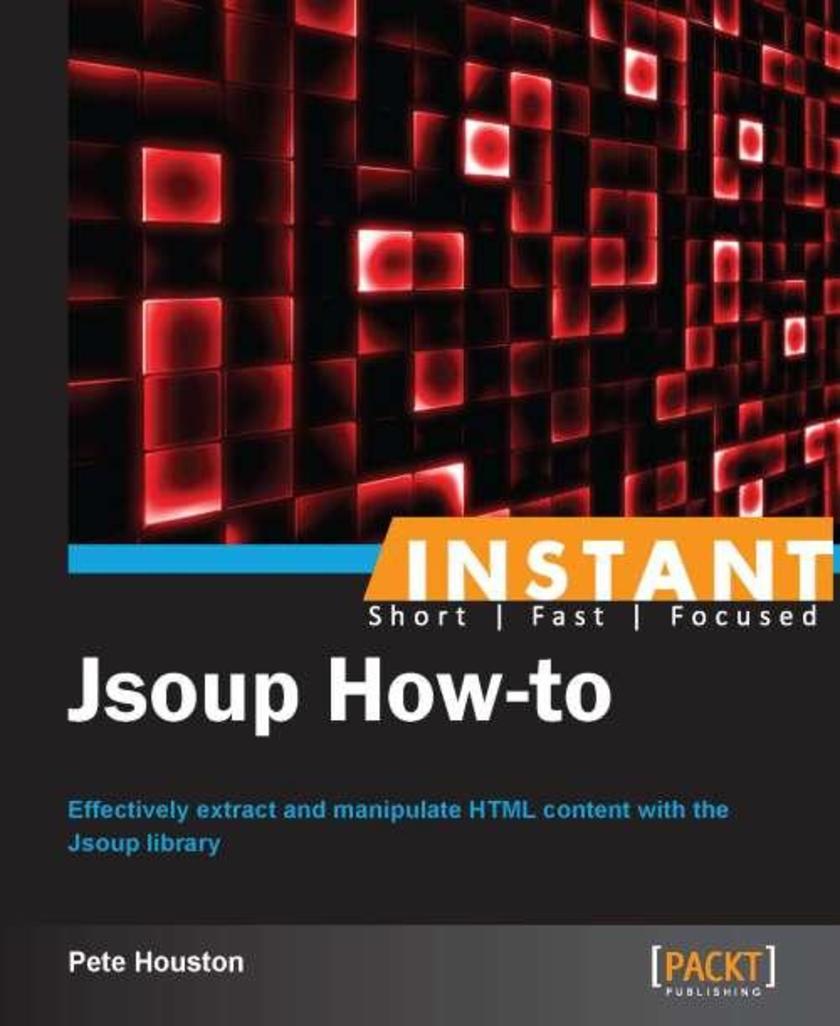
Instant Jsoup How-to
¥41.41
Filled with practical, step-by-step instructions and clear explanations for the most important and useful tasks. This book will take a how-to approach, focusing on recipes that demonstrate Jsoup.If you are working in data scraping, data crawling, or within a similar area using Java, then this book is the one for you. This book acts as a fast-paced and simple guide to enhance your HTML data manipulating skills using one of the most well-known libraries, Jsoup.

Microsoft Dynamics CRM 2011 Cookbook
¥107.90
This is a Cookbook with recipes aimed at all levels with lots of practical walkthroughs for virtualization techniques.This book is great for Dynamics CRM 2011 professionals who have a beginner level understanding of the system and are looking to get a good grounding in how to deploy, maintain, configure, and customize a Dynamics CRM 2011 application efficiently. It’s assumed that the reader has a basic level understanding of IT infrastructure topologies along with functional knowledge of Dynamics CRM 2011 Sales, Marketing, and Services modules.
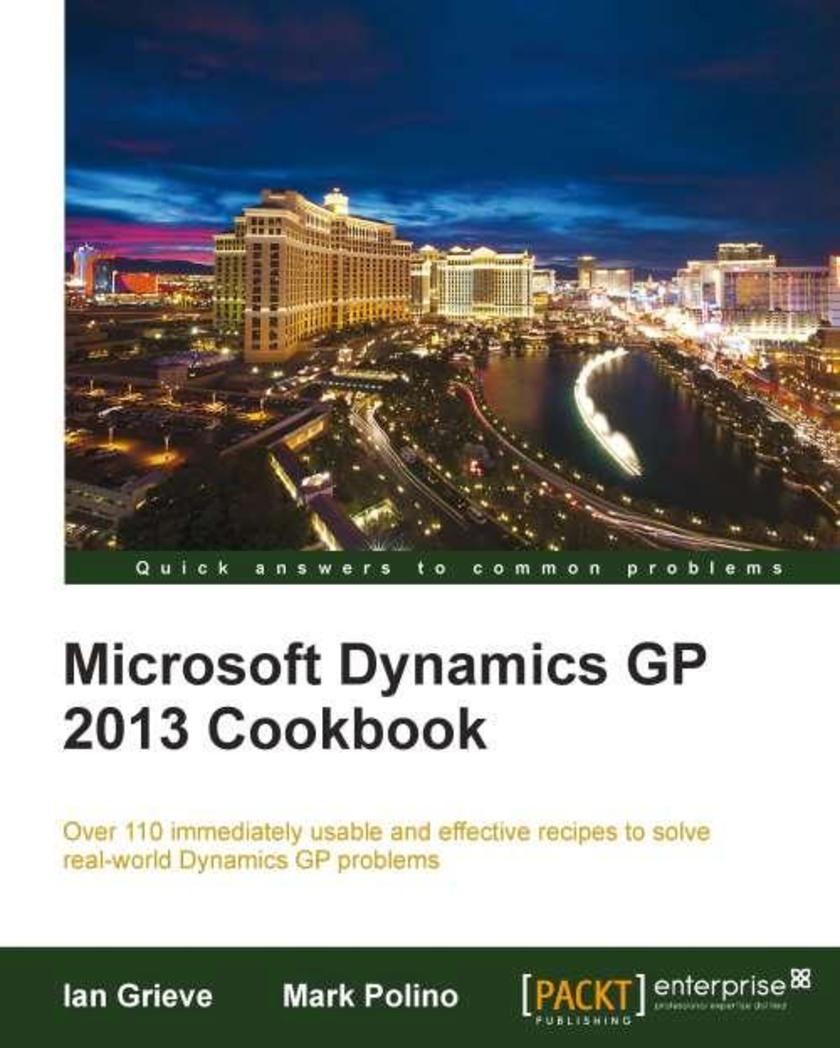
Microsoft Dynamics GP 2013 Cookbook
¥107.90
Microsoft Dynamics GP 2013 Cookbook is a highly practical beginner to intermediate Cookbook to improve your efficiency and master your use of Microsoft Dynamics GP 2013. All the recipes are time-proven; real-world tested, and designed to be used immediately.If you’re a Dynamics GP partner or Dynamics GP user, primarily focused on delivering application optimizations, then "Microsoft Dynamics GP 2013 Cookbook" is for you.This book assumes that you have a basic knowledge of Microsoft Dynamics GP, a basic understanding of business management systems, and some exposure to Microsoft SQL Server.
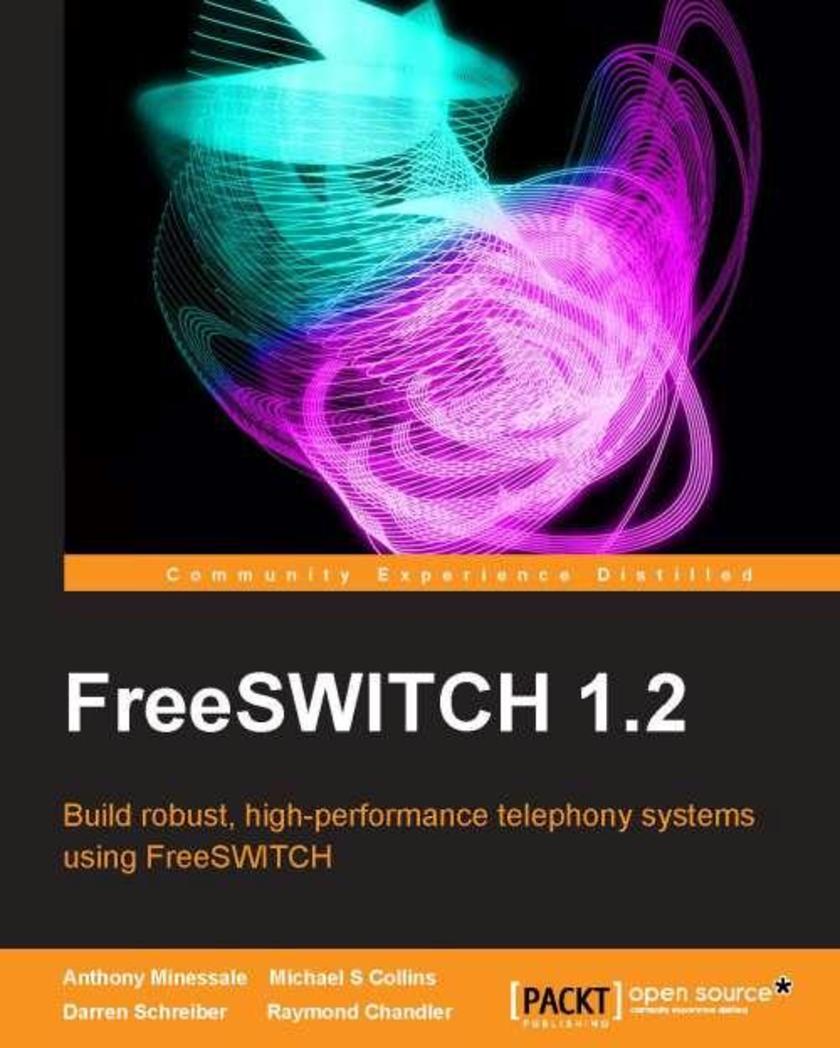
FreeSWITCH 1.2
¥80.65
This book is full of practical code examples aimed at a beginner to ease his or her learning curve.This book is written for IT professionals and enthusiasts who are interested in quickly getting a powerful telephony system up and running using the free and open source application, FreeSWITCH.Telephony experience will be helpful, but not required.
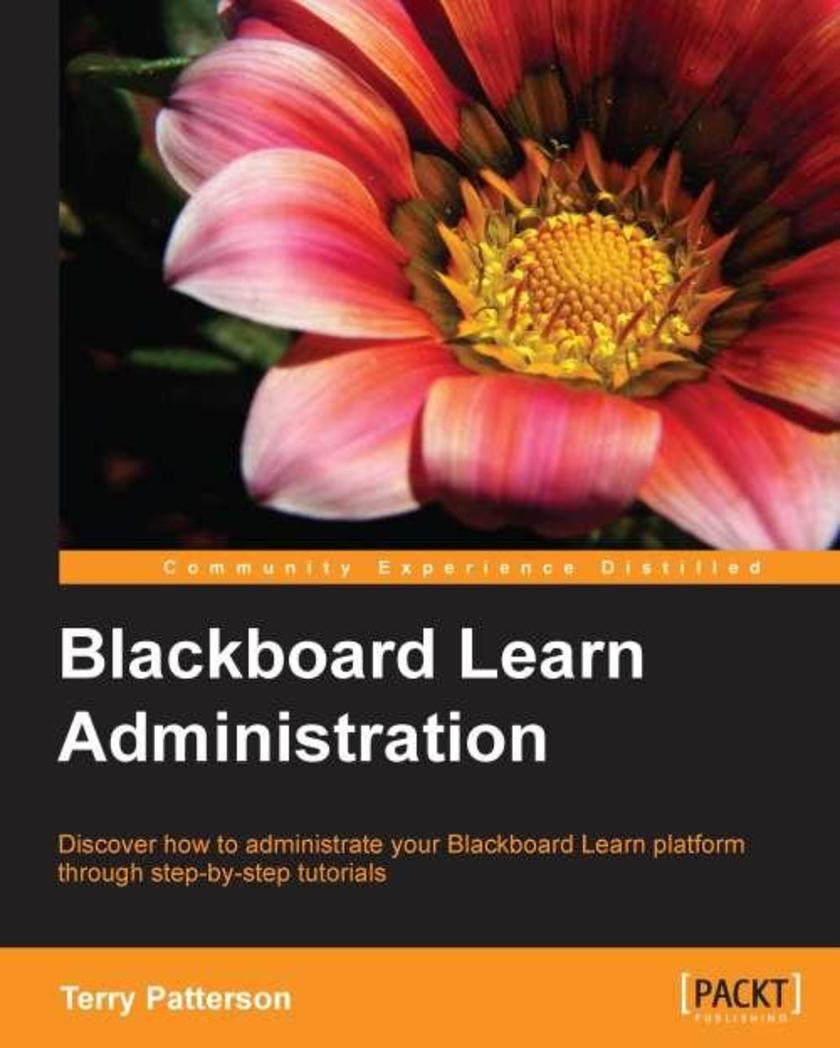
Blackboard Learn Administration
¥80.65
Hands-on and step-by-step instructions on successfully administrating Blackboard Learn from an admin expert. This book is for in-house IT administrators who are responsible for maintaining the school’s IT system and making sure that it is ready for the teachers to use. Readers will need some experience with server management and installation.
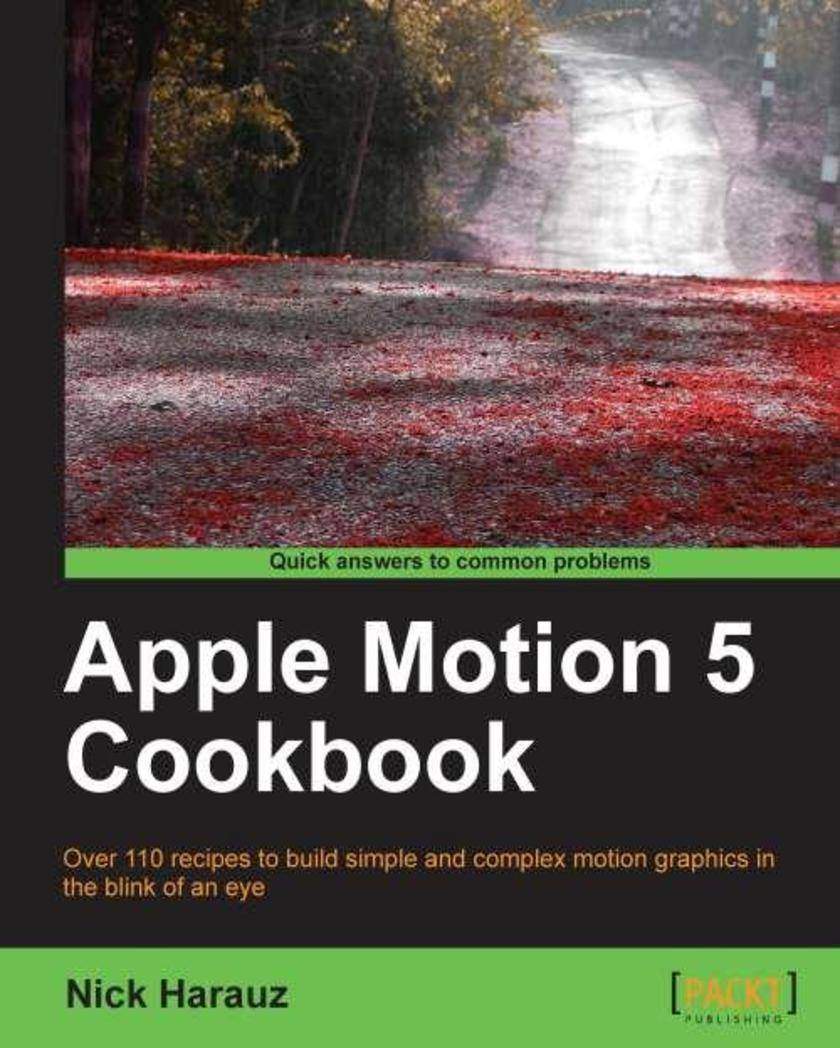
Apple Motion 5 Cookbook
¥80.65
Step-by-step, practical recipes to build simple and complex Motion Graphics with Motion 5"Apple Motion 5 Cookbook" is designed for Final Cut Pro X video editors and Motion 5 users looking to gain more knowledge of how Motion works, and to get more of a ‘WOW’ factor in projects. It’s also aimed at designers and motion designers alike, who are looking to build on their skillsets.
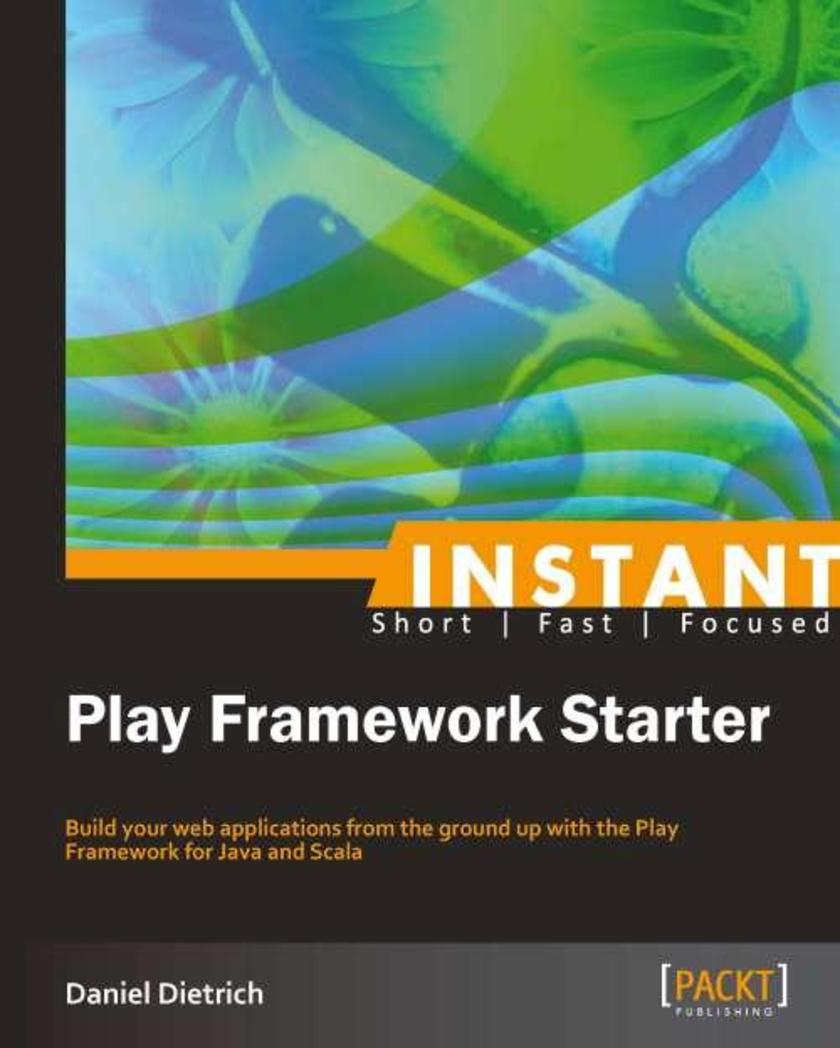
Instant Play Framework Starter
¥41.41
Get to grips with a new technology, understand what it is and what it can do for you, and then get to work with the most important features and tasks.A practical, quick, and hands-on guide to the Play Framework.This book is written for readers interested in developing web applications with Java or Scala. A basic knowledge of either Java or Scala is helpful. Prior experience with Play is not required.
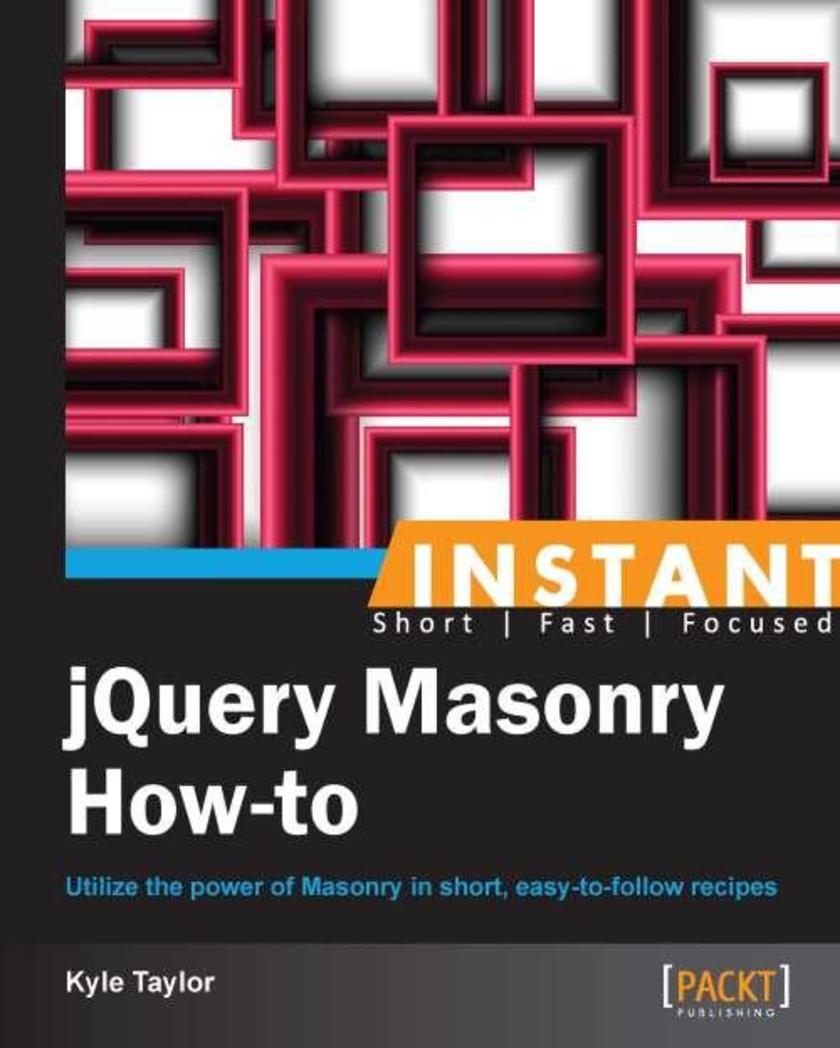
Instant jQuery Masonry How-to
¥41.41
Filled with practical, step-by-step instructions and clear explanations for the most important and useful tasks. Get the job done and learn as you go. A concise guide that delivers immediate results with practical recipes on customizing your projects.If you have a basic understanding of jQuery, HTML, and CSS3, this book is for you. We will go over what Masonry is, how it works, and the best practices on how to implement it in your projects.
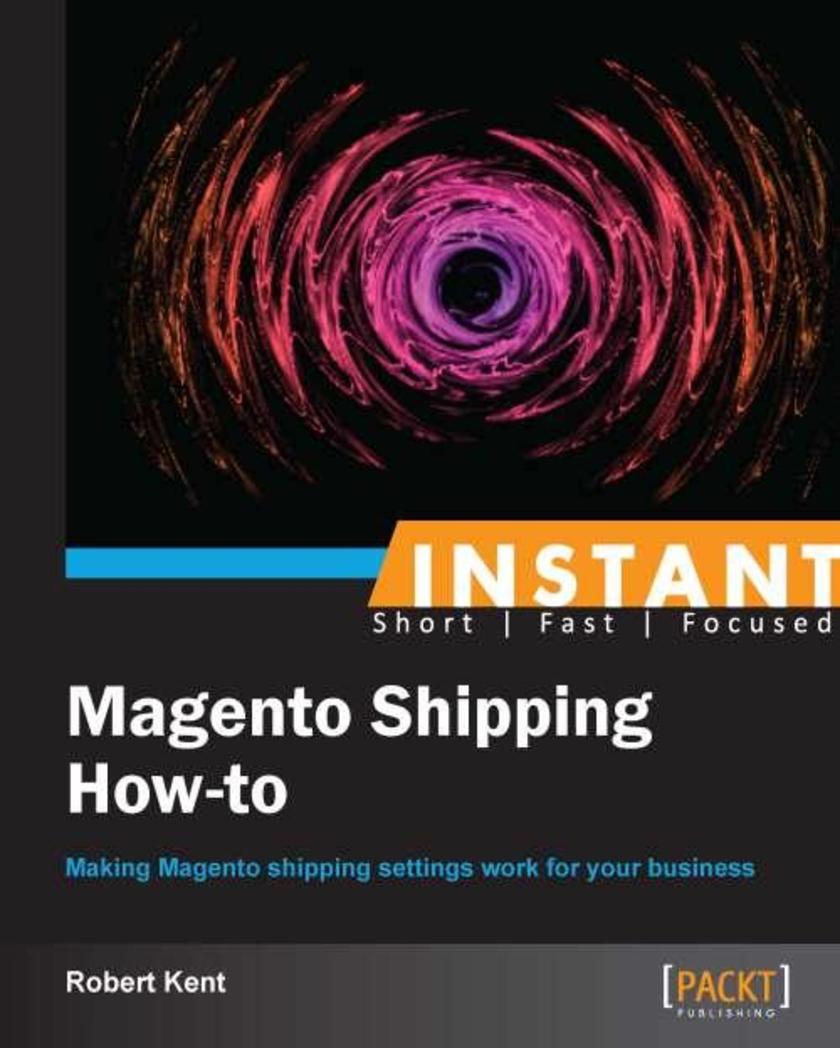
Instant Magento Shipping How-To
¥45.77
Filled with practical, step-by-step instructions and clear explanations for the most important and useful tasks. Instant Magento Shipping How-To is a step-by-step guide to learn and understand the different shipping configurations and settings of Magento.This book is perfect for Magento store owners who wish to explore the possibilities of extending their shipping options for both themselves through order processing, and their customers through promotions and multiple shipping methods. It's also great for any store owner wishing to gain a bit more insight into the technical workings of Magento's administration panel.
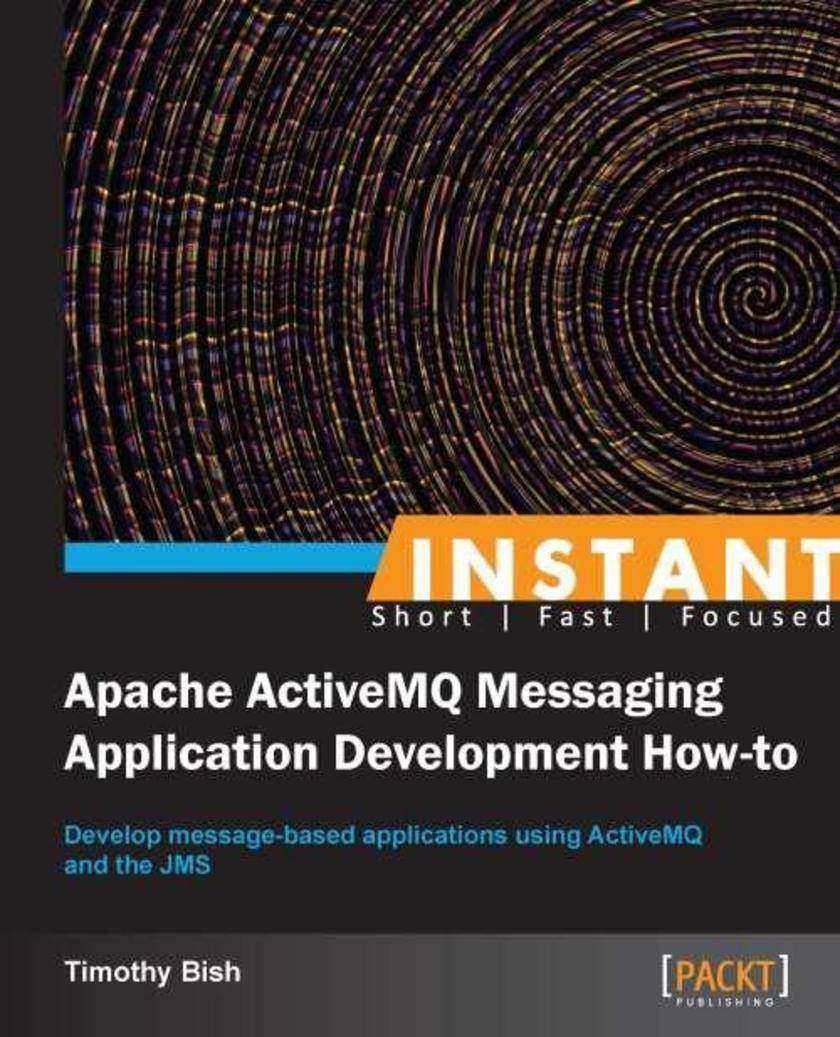
Instant Apache ActiveMQ Messaging Application Development How-to
¥45.77
Filled with practical, step-by-step instructions and clear explanations for the most important and useful tasks.This is a Packt Instant How-to guide, which provides concise and practical recipes to help you get started writing applications with ActiveMQ using practical examples.Instant ActiveMQ Application Development How-to is for the developers who are new to Java Message Service application development or new to JMS development using ActiveMQ. Readers will come away ready to solve complicated messaging related problems using the JMS API and ActiveMQ.
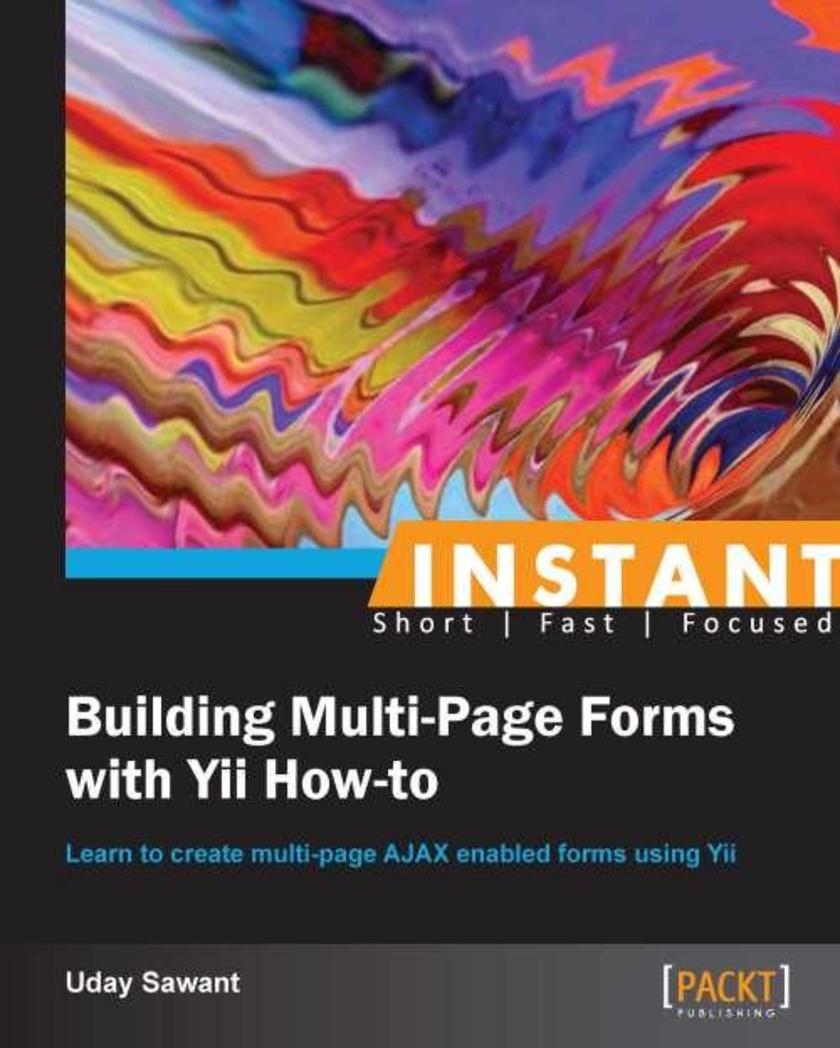
Instant Building Multi-Page Forms with Yii How-to
¥41.41
Filled with practical, step-by-step instructions and clear explanations for the most important and useful tasks.A concise guide that delivers immediate results with practical recipes on customizing your forms.This book is great for developers who have a basic understanding of Yii framework and want to learn some of the advanced, inbuilt features of Yii. It assumes that the reader has a basic knowledge of PHP development, how forms work, and AJAX operations.
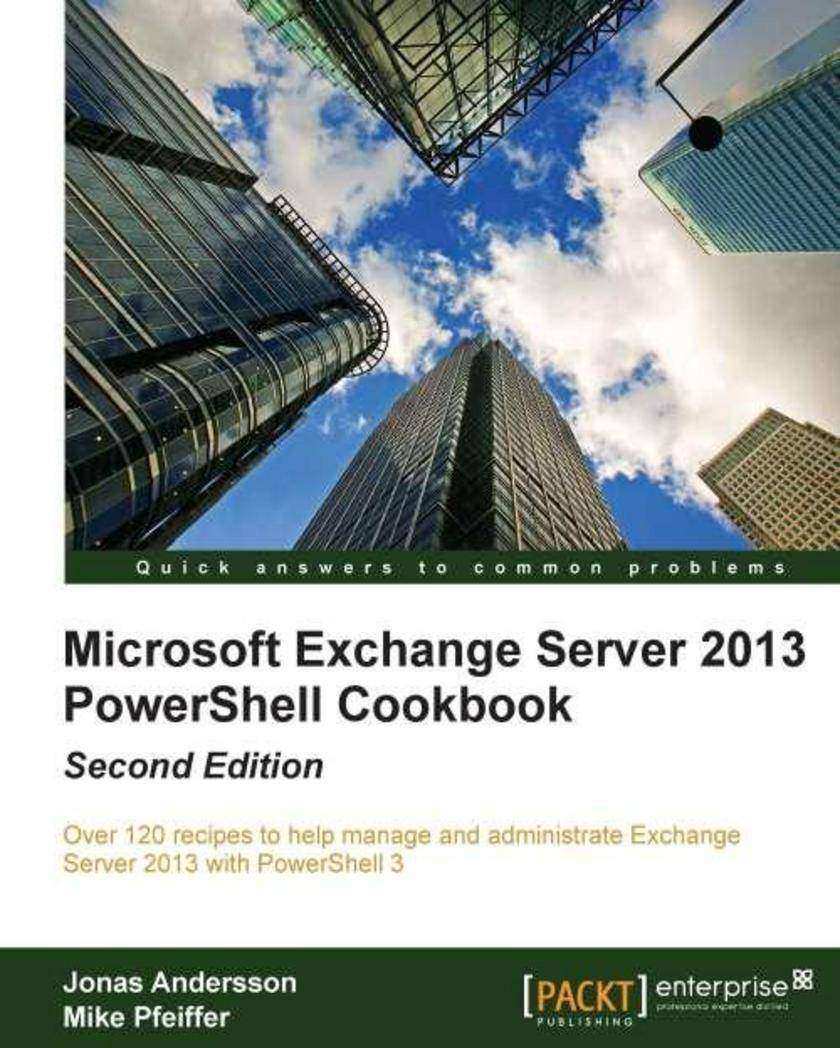
Microsoft Exchange Server 2013 PowerShell Cookbook: Second Edition
¥107.90
This book is written in a Cookbook-style format and provides practical, immediately usable task-based recipes that show you how to manage and maintain your Microsoft Exchange Server 2013 environment with Windows PowerShell 3. Each chapter of the book is written so that it can be used as a desktop reference, or it can be read from beginning to end, allowing you to build a solid foundation for building *s in your Exchange environment.This Cookbook is for messaging professionals who want to learn how to build real-world *s with Windows PowerShell 3 and the Exchange Management Shell. If you are a network or systems administrator responsible for managing and maintaining Exchange Server 2013 you will find this highly useful. Only basic knowledge of Exchange Server and PowerShell are required to make the most of this book.




 购物车
购物车 个人中心
个人中心



